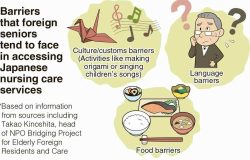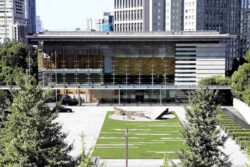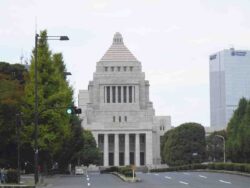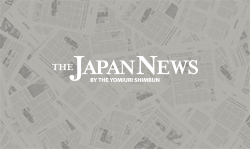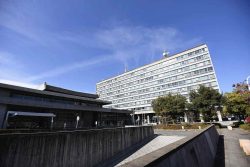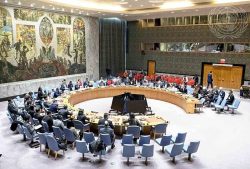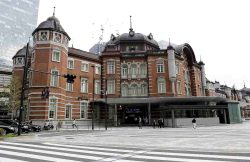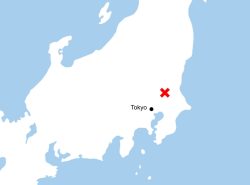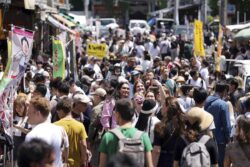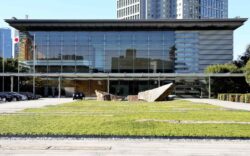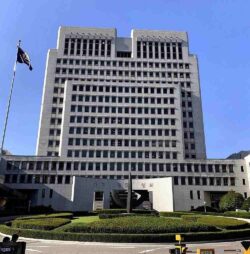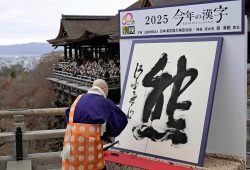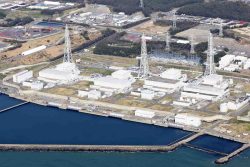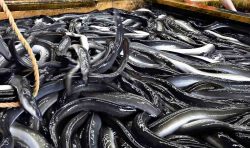Professor Continues to Deliver ‘Instant Houses’ to Disaster-Hit Areas; Quick Construction Helps Put People at Ease

Students look at an Instant House on the grounds of a school in Nagoya.
11:53 JST, February 13, 2025
A professor of architecture at a university in Nagoya continues to support disaster-hit areas in and outside of Japan with temporary houses of his own invention.
As an expert in architecture, Keisuke Kitagawa, 50, a professor at Nagoya Institute of Technology, had aimed to design “beautiful buildings.” However, his experience in disaster-affected areas made him change the focus of his activities. Kitagawa has built many “Instant Houses” for people who lost their homes due to the Noto Peninsula Earthquake and heavy rainfall last year.
On Jan. 14, Kitagawa visited Mizuhogaoka Junior High School in Mizuho Ward, Nagoya, to give a lecture on how to help resolve social issues. Students patted the white outer walls of the house set up on the school grounds and then went inside.
They excitedly said, “This is incredible!” and “It’s so warm inside!”
After the powerful earthquake that hit the Noto Peninsula on Jan. 1, 2024, Kitagawa started to deliver his Instant Houses for both indoor and outdoor use to Wajima, Ishikawa Prefecture, and other areas affected by the earthquake. Instant Houses for outdoor use are set up by inflating a fireproof film with air and spraying insulating material on the inside.
The ones for indoor use are made from cardboard and plastic components and are meant to be set up in school gyms and other indoor spaces. Kitagawa used donations given to the university to meet changes in demand caused by September’s heavy rainfall in the same region, building more than 1,300 Instant Houses.
He decided to develop the Instant Houses after receiving a simple question from an elementary school student at an evacuation shelter in Ishinomaki, Miyagi Prefecture, which he visited after the 2011 Great East Japan Earthquake. The student asked him: “Why does it take so long to build temporary housing units? You’re a university professor, so can’t you build them by next week?”
The question tugged at his heartstrings.
Kitagawa was frustrated at his inability to do that, despite his expertise. While he had previously placed importance on designing beautiful buildings, the question drastically changed the course of his life.
Kitagawa thought about how the characteristics of most building, such as their height, weight and cost and the need for a lot of materials, prevented the speedy construction of houses. He therefore worked to figure out how to build houses focusing on such points as being lightweight and cheap and requiring less materials. He developed the Instant House through trial and error, using readily available materials such as balloons and tracing paper sheets.
The main body of the house for outdoor use is resistant to typhoons with wind speeds of up to 80 meters per second, according to Kitagawa. He provided Instant Houses for areas affected by the Turkey-Syria earthquake in 2023, which was the first donation of the houses to disaster-hit areas.
In the Noto region, Kitagawa had disheartening experiences such as when a junior high school student, who had talked with him while he was engaged in post-earthquake activities, died as a result of the torrential rains that hit the region.
Since many people hope to live near their homes, even collapsed ones, Kitagawa still receives requests for Instant Houses. “When I built a house in Noto, a child who had lost their home was delighted, saying, ‘I have a home!’ When I saw the child, I felt like I was finally able to answer the question from the child in Ishinomaki, at least to a certain extent. Going forward, I would like to continue my activities to support those who have lost their homes,” Kitagawa said.
"JN Specialities" POPULAR ARTICLE
-

The Japan News / Weekly Edition (12/12-12/18)
-
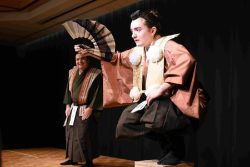
English-language Kabuki, Kyogen Entertain Audiences in Tokyo; Portland State University Professor Emeritus, Graduates Perform
-

Noodle Dining Shunsai / Rich Oyster Ramen to Savor at Odasaga; Experienced 68-year-old Owner Creates Numerous Ramen Varieties
-

The Japan News / Weekly Edition (12/5-12/11)
-

Yomiuri International Cooperation Prize: Prize fosters future generations of professionals
JN ACCESS RANKING
-
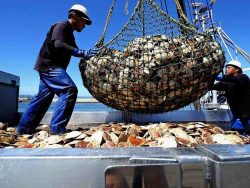
Japan’s Hopes for Seafood Exports Shot Down in China Spat
-
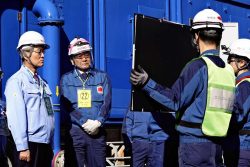
Keidanren Chairman Yoshinobu Tsutsui Visits Kashiwazaki-Kariwa Nuclear Power Plant; Inspects New Emergency Safety System
-

Japan to Charge Foreigners More for Residence Permits, Looking to Align with Western Countries
-

Imports of Rare Earths from China Facing Delays, May Be Caused by Deterioration of Japan-China Relations
-
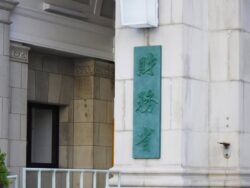
Japan Exports Rise in October as Slump in U.S. Sales Eases


